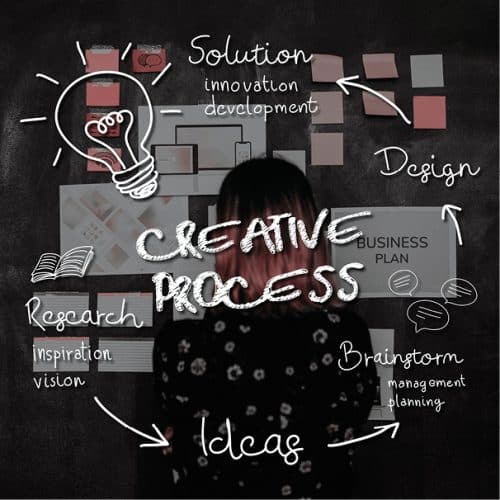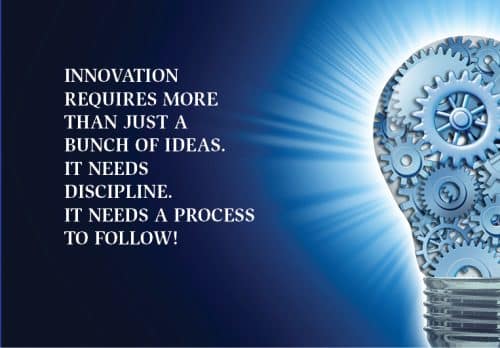Have an idea that you want to implement? Hold on and read this article before you proceed any further. Your idea may be good but there are several other things you need to consider
and do before you can ensure its proper implementation
Innovation is one of the most used and abused term these days. But what exactly it means can be quite nebulous. When we talk about innovation, it can mean different things to different people.
For some, words such as original, unexpected, fresh have never been seen or thought of before. For others, it means challenging conventional notions of how things are done, bringing ideas from one industry to another, or from one geographic region to another.
We are trying to create meaningful points of difference for our products or services from current alternatives. Although it does not have to be always a product or service differentiation. It can also be about how they are processed, delivered, or managed.

However, one key issue often seen is that most people think innovation and creativity are interchangeable. It is only partly true. If I put it in the form of a formula, it will be:
Innovation=Creativity+Delivery
While creativity can be easy, delivery is where the challenges pop up the most. That is where the journey of idea to reality starts to falter.
There is more to creativity
Sometimes, it just takes one idea to solve a big problem. But being creative and producing new or different ideas is easy, especially if we compare that against being innovative and bringing ideas to life. Because innovation needs a lot more than just a bunch of ideas; only having ideas without doing anything with them is a total waste.
Being innovative means bringing ideas to life, scaling them up so that more people can benefit. It also means whatever you want to create must be useful, not just to one, two, or a few, but to many people. You must be able to produce or implement it at scale. And that needs a few additional steps.
During my days at Knewron
Technologies, our customers always had ideas which they wanted to implement. Most people thought that ideas to reality are a simple three-stage activity:
- Develop MVP
- Try the product
- Launch it
However, this is an oversimplified process that is meant to be used only for easy conversations. In reality, much work needs to be done behind it.
The first and crucial step
Every idea must begin with a problem to solve or fix. In fact, it will be much better if you are thinking about transforming the problem instead of just solving it. This is the first and the most crucial step.
Crucial because you may have seen hundreds of companies floating around with their (so-called) solution in their hands, trying to find new problems to solve. It is not only a waste of time it also can limit the long-term sustainability of that business.
How many startups or businesses you can recall that existed five years ago that had innovative ideas. Most of them would be gone by now, simply because they could not find product-market fit.
On the contrary to finding product-market fit, we must look at it as market-product fit and develop what market or customer needs or wants. A few handfuls of projects that I worked on at Knewron followed this philosophy and were successful too.
Of course, finding the right problem to solve needs an empathetic approach towards your customers. If you cannot see, feel, or understand their problem, you are least likely to solve it correctly. This also means that someone else will do it someday and put you out of business if you do not do it.
Moreover, producing better ideas does not happen in silos. You need deeper insights. Developing insights is not easy, particularly when you do not know much about the industry, that domain, or the process where problems occur.
So, to begin with, you need genuine curiosity and empathy to identify what is required. Why the problem exists in the first place, and what is the root cause behind it.
Be curious and empathetic. Find out the root cause of the problem you want to solve.

Time to get creative
Please register to view this article or log in below. Tip: Please subscribe to EFY Prime to read the Prime articles.






